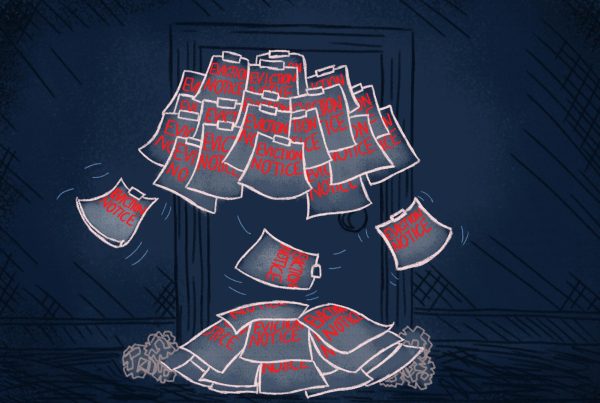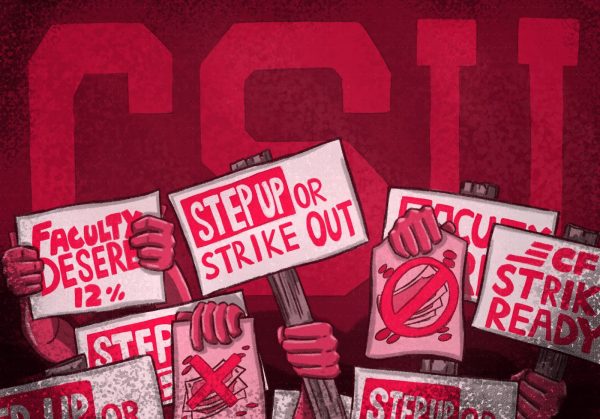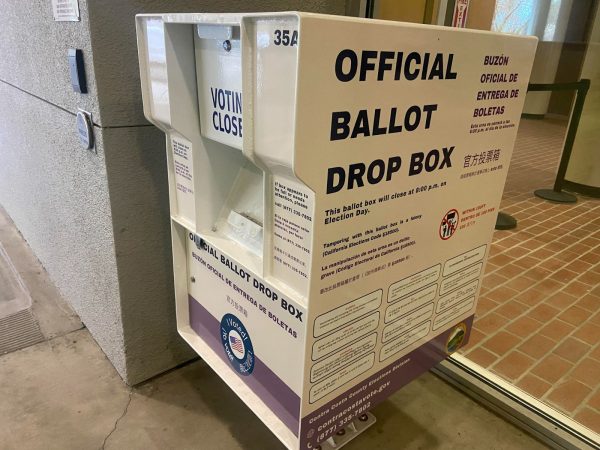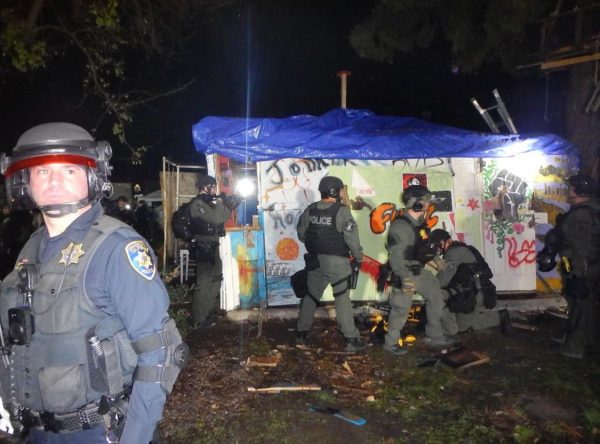Inmates may be your last worry in prison
October 28, 2015
Over the past year we have seen a rise in police violence against civilians, which has lead to riots and protests across the nation. However, with so much focus on police brutality out in the field, what happens inside the prison system has gone relatively unnoticed.
In January of this year, a Nigerian man by the name of Matthew Ajibade was found dead in a Chatham County Jail in Savannah, Georgia. The cause of death, according to the coroner, was blunt force trauma. In October, footage was finally presented in a court case of the fight that had ensued only hours before Ajibade’s death.
In the video released by the jail, Ajibade can be seen having a small dispute with two officers. From there a scuffle broke out, and more officers are called to the scene. One of the officers carrying a taser falls to the floor and Ajibade grabs hold of the taser. Some of the officers may have seen this as an excuses to use more force and two officers strike Ajibade in the head causing him to go limp. However just because the man stopped moving doesn’t mean the officers stopped swinging. Two large officers hit Ajibade again and again in the face before they were stopped. He is then carried to the restraint chair, where he was later found dead.
All of the officials were initially charged with involuntary manslaughter, however, none of them were convicted of it. Instead they were all convicted of lesser charges, cruelty to an inmate and public records fraud.
This is only the most recent in a string of attacks by correctional officers on prisoners. In July of this year, Sandra Bland, an African American woman, was arrested during a traffic stop that turned violent after Bland refused to put out her cigarette. In a cellphone video of the incident the arresting officer can be head yelling “I will light you up” to Bland as he is pushing her while she lays on the grass. Bland was found dead in her prison cell three days later. The jail claimed she died from self suffocation. Her death caused outrage over the internet and her name became a trending hashtag over twitter within a few days. There have even been those who claim the prison photo taken of Bland was taken after her death in an attempt to cover up the murder. Her case is currently still under review.
But are the officers really to blame? The Stanford prison experiment, started by Dr. Zimbardo, a Stanford psychiatrist and professor, in August of 1971, attempted to test the psychological effects of becoming a guard or a prisoner. A handful of students were selected and a coin flip determined whether or not the students would be guards or prisoners. The experiment only lasted six days before being shut down when Dr. Zimbardo himself realized the experiment was cruel and damaging to the participants.
Completely healthy students, playing the role of guards, dehumanized and abused other students playing the role of prisoners, even though the “guards” knew the “prisoners” had done nothing to deserve their punishment. Within 24 hours there was a prison rebellion and two student prisoners had a mental break down and had to be released. Another student was substituted into the experiment and immediately went on a hunger strike to combat the abuse from guards. He was locked in solitary confinement for more than a day before he was let go.
While in the prison, guards acted cruel, but when off duty they went about their daily lives. This is known as situation stimuli. In short, meaning the person will only act that way when in a specific environment. The experiment proved that anyone can become cruel and do unimaginable things when put into a position of extreme power over others.
So, is it truly the fault of guards? Or could it be that our prison system needs a complete overhaul. This is a perplexing question, but one that could possibly be answered with the simple statement. Prison should be about rehabilitation, not punishment.













































































